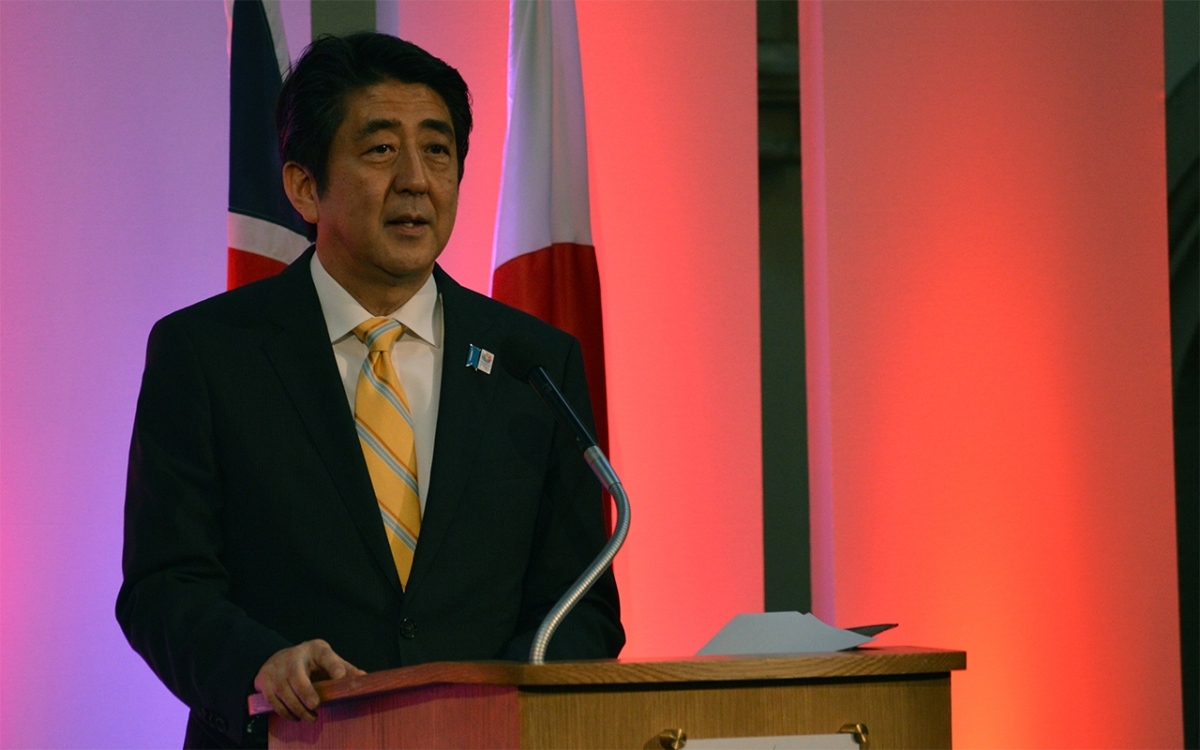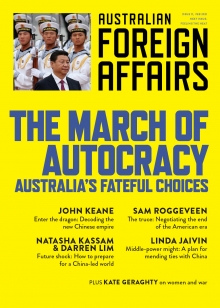In his essay on the Quadrilateral Security Dialogue (AFA10: Friends, Allies and Enemies), Rory Medcalf portrays the Quad as a minilateral grouping whose primary role is to counterbalance China in Asia and the Indo-Pacific. Medcalf describes the decisive part Japan’s former prime minister Shinzō Abe played in facilitating a Quad comeback, and his Indo-Pacific activism, as “asserting Japan’s strategic normality”. In fact, Japan’s evolving Indo-Pacific strategy is anything but normal. As the Quad develops more heft, Australia must fully appreciate the nature and extent of Japan’s strategic ambition in the Indo-Pacific.
Quad 1.0 was grounded in the ideas articulated in Abe’s speech to the Indian parliament in August 2007. There, Abe unveiled what was to become his foreign policy mantra during his second term in office (2012–20). The rhetoric of liberal internationalism dominated, with references to “the arc of freedom and prosperity” and the relationship between maritime security and democratic values. The situating of Japan–India defence cooperation in an Indo-Pacific region that stretched from the east coast of the United States to Africa, together with the notion of “maritime democracies”, became integral to Abe’s vision for an expanded role for Japan. Whether it was called the “arc”, the “security diamond” or the “free and open Indo-Pacific” (as Abe’s policy termed it), Abe was determined to project an image of Japan as a champion of liberal internationalism, and a protector of the “global commons”.








